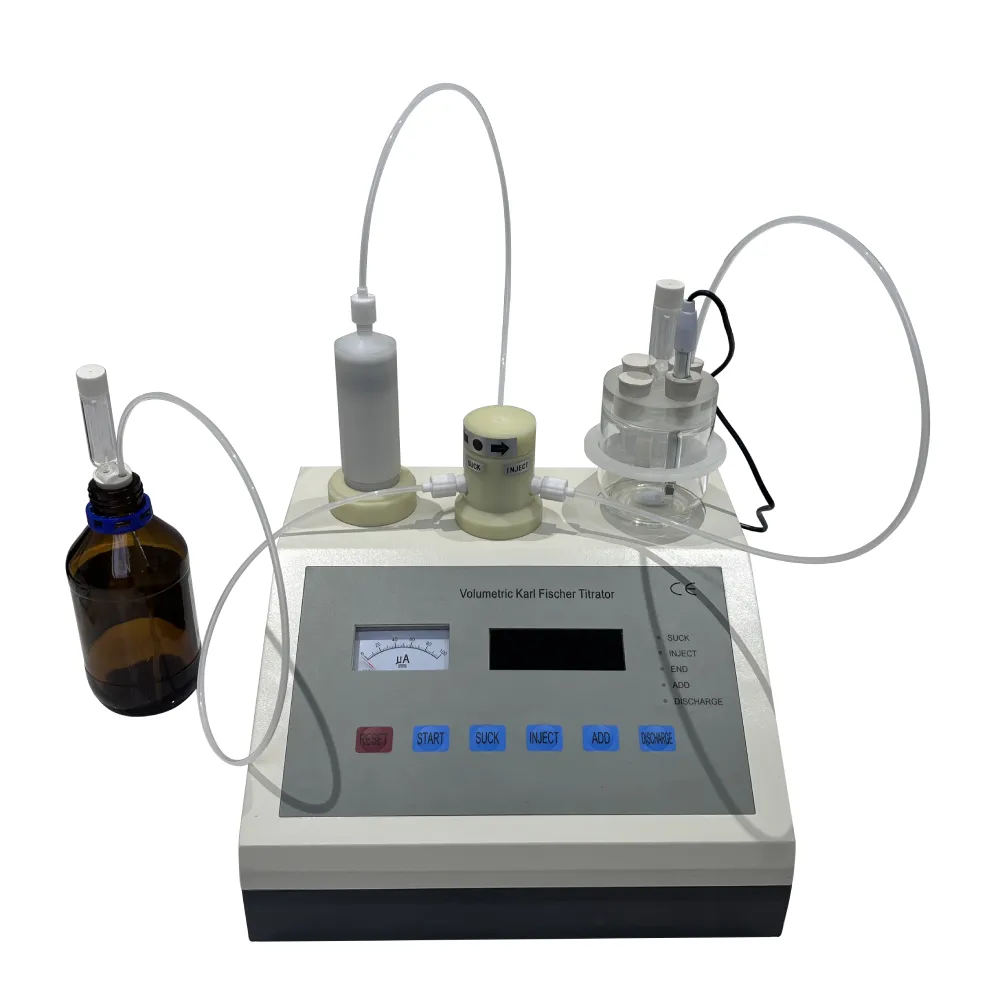 English
English



-
 Afrikaans
Afrikaans -
 Albanian
Albanian -
 Amharic
Amharic -
 Arabic
Arabic -
 Armenian
Armenian -
 Azerbaijani
Azerbaijani -
 Basque
Basque -
 Belarusian
Belarusian -
 Bengali
Bengali -
 Bosnian
Bosnian -
 Bulgarian
Bulgarian -
 Catalan
Catalan -
 Cebuano
Cebuano -
 China
China -
 China (Taiwan)
China (Taiwan) -
 Corsican
Corsican -
 Croatian
Croatian -
 Czech
Czech -
 Danish
Danish -
 Dutch
Dutch -
 English
English -
 Esperanto
Esperanto -
 Estonian
Estonian -
 Finnish
Finnish -
 French
French -
 Frisian
Frisian -
 Galician
Galician -
 Georgian
Georgian -
 German
German -
 Greek
Greek -
 Gujarati
Gujarati -
 Haitian Creole
Haitian Creole -
 hausa
hausa -
 hawaiian
hawaiian -
 Hebrew
Hebrew -
 Hindi
Hindi -
 Miao
Miao -
 Hungarian
Hungarian -
 Icelandic
Icelandic -
 igbo
igbo -
 Indonesian
Indonesian -
 irish
irish -
 Italian
Italian -
 Japanese
Japanese -
 Javanese
Javanese -
 Kannada
Kannada -
 kazakh
kazakh -
 Khmer
Khmer -
 Rwandese
Rwandese -
 Korean
Korean -
 Kurdish
Kurdish -
 Kyrgyz
Kyrgyz -
 Lao
Lao -
 Latin
Latin -
 Latvian
Latvian -
 Lithuanian
Lithuanian -
 Luxembourgish
Luxembourgish -
 Macedonian
Macedonian -
 Malgashi
Malgashi -
 Malay
Malay -
 Malayalam
Malayalam -
 Maltese
Maltese -
 Maori
Maori -
 Marathi
Marathi -
 Mongolian
Mongolian -
 Myanmar
Myanmar -
 Nepali
Nepali -
 Norwegian
Norwegian -
 Norwegian
Norwegian -
 Occitan
Occitan -
 Pashto
Pashto -
 Persian
Persian -
 Polish
Polish -
 Portuguese
Portuguese -
 Punjabi
Punjabi -
 Romanian
Romanian -
 Russian
Russian -
 Samoan
Samoan -
 Scottish Gaelic
Scottish Gaelic -
 Serbian
Serbian -
 Sesotho
Sesotho -
 Shona
Shona -
 Sindhi
Sindhi -
 Sinhala
Sinhala -
 Slovak
Slovak -
 Slovenian
Slovenian -
 Somali
Somali -
 Spanish
Spanish -
 Sundanese
Sundanese -
 Swahili
Swahili -
 Swedish
Swedish -
 Tagalog
Tagalog -
 Tajik
Tajik -
 Tamil
Tamil -
 Tatar
Tatar -
 Telugu
Telugu -
 Thai
Thai -
 Turkish
Turkish -
 Turkmen
Turkmen -
 Ukrainian
Ukrainian -
 Urdu
Urdu -
 Uighur
Uighur -
 Uzbek
Uzbek -
 Vietnamese
Vietnamese -
 Welsh
Welsh -
 Bantu
Bantu -
 Yiddish
Yiddish -
 Yoruba
Yoruba -
 Zulu
Zulu
Evaluation of OCC Test Results for Transformer Performance and Reliability
OCC Test of Transformers An Essential Assessment for Electrical Equipment
The oil-immersed transformer is a vital component in modern electrical systems, serving the crucial role of transferring electrical energy between circuits through electromagnetic induction. As transformers age or are subject to varying operational conditions, the risk of insulation failure increases, making the maintenance of their health paramount. One essential assessment tool for evaluating the insulation condition of a transformer is the OCC (Open Circuit Current) test.
The OCC test is a non-destructive testing method used to analyze the insulation properties of transformers by applying a specific voltage while measuring the current flowing through the transformer in an open circuit condition. This test is vital for determining the core and winding conditions of the transformer and for identifying potential weaknesses in the insulation system that could jeopardize operational integrity.
Objectives of the OCC Test
The primary objectives of the OCC test include the following
1. Evaluating Insulation Integrity The OCC test provides insights into the dielectric strength of the insulating materials used within the transformer. By measuring the current associated with an applied voltage, technicians can ascertain the condition of the insulation and identify any anomalies that may signal degradation or failure.
2. Detecting Saturation Point The voltage-current relationship observed during the OCC test allows engineers to determine when the transformer core begins to saturate. Saturation can lead to inefficient operation and overheating, leading to long-term damage or catastrophic failure if not addressed.
3. Assessing Winding Characteristics The test helps in identifying short circuits, imbalances, or other issues within the windings. By analyzing the behavior of the current as voltage increases, technicians can spot winding-related problems early in the operational cycle.
Procedure of the OCC Test
occ test of transformer

The OCC test involves several steps
1. Preparation Ensure that the transformer has been properly isolated from the power system to prevent any accidental energization during testing.
2. Equipment Setup Connect the transformer to a variable voltage source that can be closely monitored to ensure a steady increase in voltage. Additionally, precision ammeters and voltmeters are incorporated into the setup for accurate measurement.
3. Execution Gradually increase the voltage supplied to the transformer while recording the corresponding current. This step is critical to generating the OCC characteristic curve, which plots voltage against current.
4. Analysis Once the test is complete, the recorded data is analyzed to assess the transformer's insulation condition, saturation points, and winding integrity. The characteristic curve derived from the measurements aids in identifying any abnormal behavior that may indicate issues with the transformer's performance.
Importance of Regular OCC Testing
Regularly conducting OCC tests is essential for transformer maintenance strategies. By identifying potential issues before they manifest into significant failures, the OCC test aids in ensuring operational reliability and extends the useful life of the transformer. Moreover, in compliance with industry standards and safety regulations, the OCC test serves as a benchmark for electrical equipment performance assessments.
In conclusion, the OCC test is an indispensable technique for maintaining the reliability and efficiency of transformers. By understanding the electrical properties of insulation and the core within these critical devices, engineers can make informed decisions regarding maintenance, upgrades, and operational practices. This not only enhances the longevity of the transformers but also safeguards the overall reliability of the electrical grid, ultimately contributing to a stable and efficient power supply. As technology evolves, integrating advanced diagnostic techniques alongside traditional OCC testing could further enhance transformer health monitoring and maintenance practices in the future.
-
Ensuring SF₆ Gas Safety: Introducing PUSH’s Integrated SF₆ Analyzer for Dew Point, Purity, and Decomposition MonitoringNewsJul.10,2025
-
Exploring the Main Types of Industrial Endoscopes and Their Applications Across IndustriesNewsJul.04,2025
-
Testing Equipment Industry Sees Major Advancements in 2025: Smart & Precision Technologies Lead the WayNewsJun.06,2025
-
Applications of Direct Current Generators in Renewable Energy SystemsNewsJun.05,2025
-
Hipot Tester Calibration and Accuracy GuidelinesNewsJun.05,2025
-
Digital Circuit Breaker Analyzer Features and BenefitsNewsJun.05,2025



